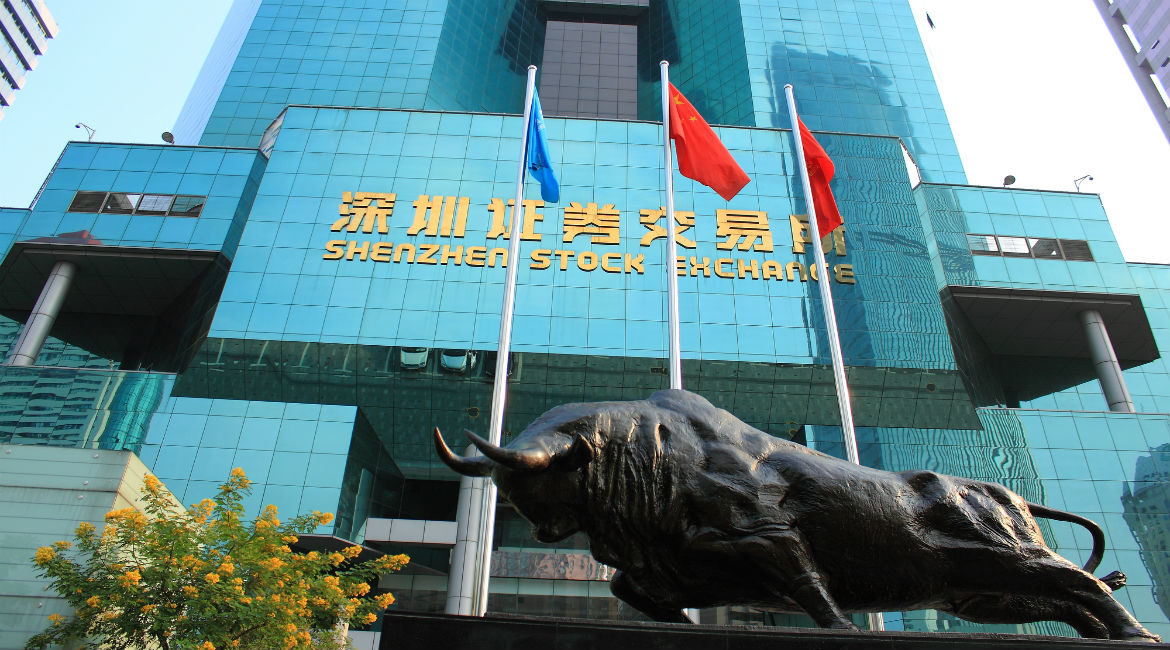
Manufacturing activity in China gives hope that recession has bottomed out
By Sergey Manukov
It seems that Beijing's measures to support the Chinese economy are producing results. The decline in production in China eased somewhat in August. This, and the improved situation with new orders, gave the Chinese some reasons to hope that the main sector of the Chinese economy has approached the peak of the recession, writes Bloomberg. The PMI business activity index reached 49.7 in the last summer month and came close to the coveted 50 points, which will allow us to declare the end of the recession.
"Maybe we've already bottomed out in terms of producer sentiment thanks to government bailouts for the economy," Alex Lu of TD Securities suggested.
Economists hope that PMI has reached a plateau after the decline in recent months, and they say that things could be worse and that the bottom is reached, if not yet an increase on the way, but not a further fall. According to Louis Case, chief Asia and Pacific economist at S&P Global Ratings, an improvement in factory activity will benefit global commodity markets and large producers, because investment and industry are more dependent on imports than consumption.
PMI on new orders reached 50.2. By the way, this is the first increase in this index since March. Slightly, to 46.7, increased PMI and new export orders. From 50.5 to 51.6, the PMI on the waiting time for the delivery of raw materials from suppliers increased.
However, apart from the manufacturing sector, other PMI indicators are not encouraging. They indicate that the recovery of the Chinese economy continues to slow down the crisis in the construction sector and low consumer spending. The non-manufacturing PMI fell in August more than economists had expected, while the services PMI fell to 50.5, the lowest since December 2022.
"Demand remains unsatisfactory," said Jones Lang LaSalle Inc., chief economist. Bruce Pang. - Worried that spending in the service sector has stopped growing. Now we should monitor the measures of additional support from the government and what the consequences will be.”
After a slow start, external tourism began to steadily increase the pace, although recovery differs significantly depending on the destination. Trips to regions with an unstable political situation fell especially hard.
Further easing in spending in the service sector could put pressure on many countries, especially in Asia, that are heavily dependent on Chinese tourists.
This time, Beijing provided targeted support to certain sectors of the economy, not wanting a serious increase in the already high debt, which significantly increases financial risks. Businesses and households are cautious: gloomy prospects for income and the labor market do not allow them to take loans as actively as before.
The main bank of China, the People's Bank of China, has already reduced the discount rate twice this year. It is expected that the largest credit institutions will reduce the interest rate on mortgages to support economic growth. The government has recently promised several times to increase budget spending. The leadership of the central bank met on August 30 with the leadership of large companies and banks and called for better access to funds for private businesses.
Provincial governments are also ramping up lending to infrastructure projects, which, at least in theory, should boost economic growth as well. Statistics show some increase in activity in the construction industry. So far, however, this speaks more about the intentions of the authorities to continue fighting the crisis in construction than a real improvement in the situation in a very important sector.
This article originally appeared in Russian at expert.ru and was translated and edited by Rhod Mackenzie
